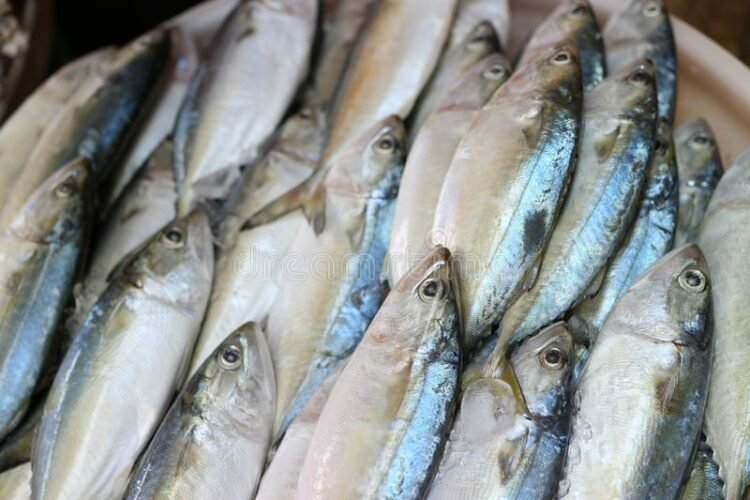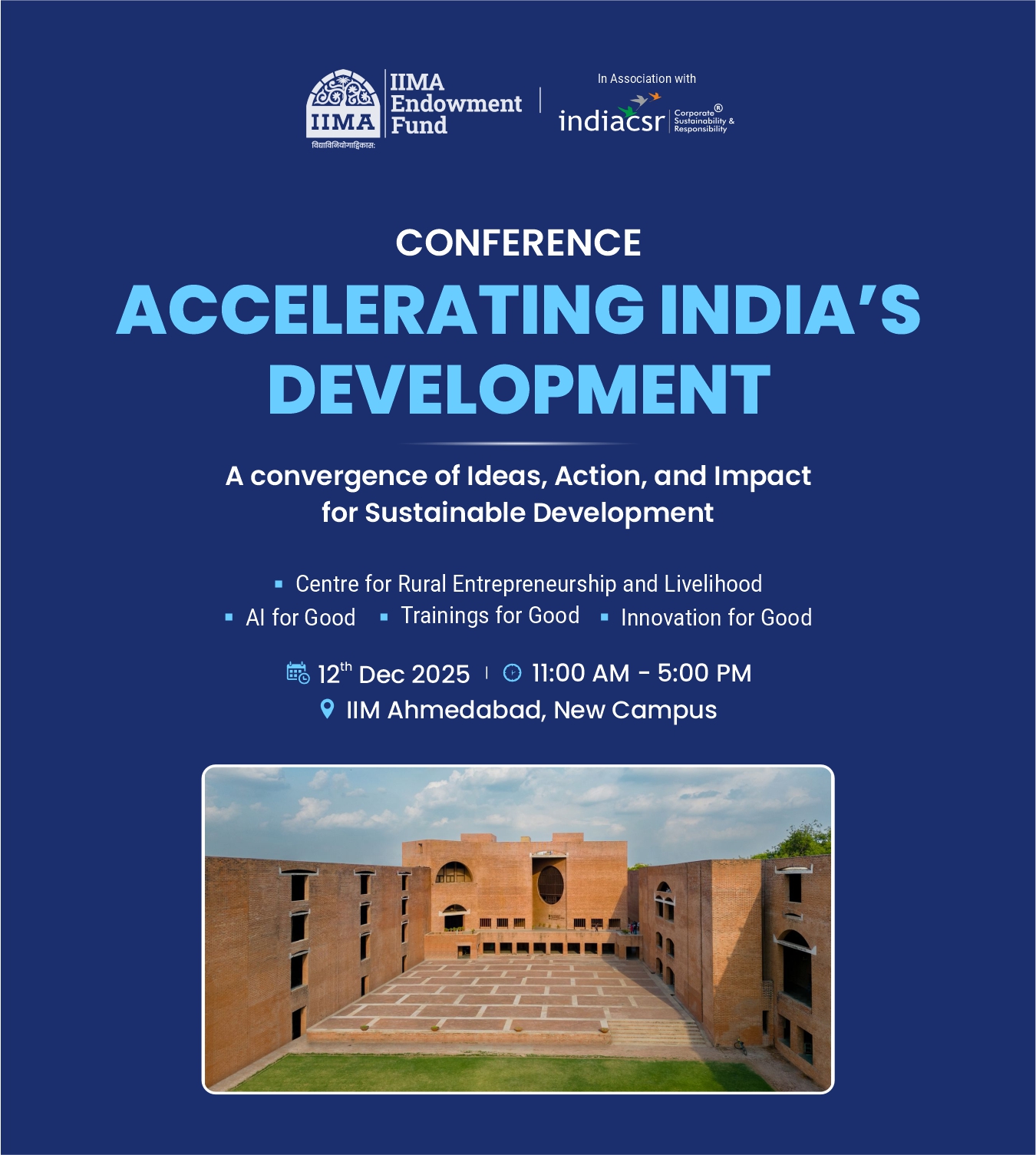The fisheries sector holds a crucial position in the Indian economy, making a substantial contribution to its overall growth and development.
Fisheries Sector in India
The Fisheries sector in India plays a significant role in the Indian economy and provides livelihood to millions of fisher folk. India is the 3rd largest fish-producing and 2nd largest aquaculture-producing nation in the world. The Blue Revolution in India has demonstrated the importance of the Fisheries and Aquaculture sector. The Government of India has adopted a holistic approach to meet Sustainable Development Goals (SDGs) and improve the quality of life and economic well-being of people in rural areas, creating more livelihood opportunities.
Introduction to Sagar Parikrama
“Sagar Parikrama” is an evolutionary journey envisioned in the sea across the coastal belt, demonstrating solidarity with fisher folk, fish farmers, and stakeholders. It is an initiative by the Government of India to resolve the issues faced by fishers and facilitate their economic upliftment through various fisheries schemes and programs, such as PMMSY and KCC.
Phases of Sagar Parikrama
The journey of Sagar Parikrama started with the theme “KRANTI se SHANTI” on March 5, 2022, from Mandvi, Gujarat, covering three locations: Mandavi, Okha-Dwarka, and Porbandar. The subsequent phases covered seven locations in Gujarat, Damen & Diu, Maharashtra, and Karnataka. The program witnessed physical attendance from 50,000 people and was live-streamed on various social media platforms, reaching around 30,000 viewers. The event successfully covered 19 locations in total.
Sagar Parikrama Phase-V
The upcoming Phase-V of Sagar Parikrama will cover six locations in Maharashtra and Goa, including Raigad, Ratnagiri, Sindhudurg, Vasco, Maorugoa, and Canacona.
Fisheries in Maharashtra
Maharashtra has a coastline of 720 km with a continental shelf area of 111,512 sq. km. Maharashtra ranks 7th in fish production in India, with marine fisheries contributing a significant share (82%) compared to inland fisheries (18%). Maharashtra still has untapped potential in its fisheries sector.
Fisheries in Goa
Goa has a coastline of 104 km and a continental shelf area extending to 10,000 sq. km. The annual average marine and inland fish production in Goa is estimated at 86,027 and 3,669 tonnes, respectively. Fish is a staple diet for more than 90% of the population in Goa, and the marine fishery sector provides livelihood to a large number of people.
Participants and Awards
The journey of Sagar Parikrama will be accompanied by state fisheries officials, fishermen representatives, fish farmers, entrepreneurs, stakeholders, professionals, officials, and scientists from across the nation. During the event, certificates and sanctions related to various fisheries schemes, such as Pradhan Mantri Matsya Sampada Yojana (PMMSY) and Kisan Credit Card (KCC), will be awarded to progressive fishermen and fish farmers. Literature on these schemes will be popularized through various media channels for wider publicity.
Objectives of Sagar Parikrama
Sagar Parikrama aims to devise better policies for improving the quality of life and economic well-being of the coastal community, especially marine fishermen. It focuses on achieving a sustainable balance between the utilization of marine fisheries resources for food security and the livelihoods of coastal fisher communities. The journey also aims to bridge gaps, develop fishing villages, upgrade infrastructure such as fishing harbors and fish landing centers, and ensure sustainable and responsible development through an ecosystem approach.





